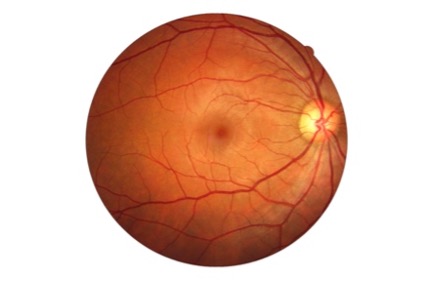Using Oxygen Perfusion as a Biomarker for traumatic Brain Injury
TECHNOLOGY NUMBER: 2023-232

OVERVIEW
Non-invasive retinal oximetry tool for central nervous system oxygenation monitoring
- Provides real-time, non-invasive oxygenation monitoring of central nervous system
- Useful for traumatic brain injury care, high intracranial pressure monitoring, cerebral edema management
BACKGROUND
The retina, though part of the eye, is a crucial component of the central nervous system and receives blood from the intracranial internal carotid artery. Historically, monitoring oxygenation levels in the brain and central nervous system, particularly following traumatic brain injuries (TBI), high intracranial pressure, or cerebral edema, has posed significant challenges. Conventional methods are often invasive, risky, and not suitable for real-time, continuous monitoring. Due to these shortcomings, there is an essential need for a non-invasive, accurate, and reliable method for assessing cerebral oxygenation levels. Advances in retinal oximetry (RO) offer a promising avenue, leveraging the retina’s blood supply to reflect broader intracranial oxygenation status.
INNOVATION
Researchers have created a retinal oximetry (RO) tool for non-invasive central nervous system oxygenation monitoring. Utilizing a specialized camera and dual-wavelength light, this tool captures real-time images of retinal vasculature to calculate tissue oxygenation based on color differences between oxygenated and deoxygenated hemoglobin. Our proprietary algorithm then constructs a map of optical densities and calculates the optical density ratio (ODR), linearly related to hemoglobin oxygen saturation. This non-invasive method aims to provide accurate, real-time monitoring critical for the timely management of mild to severe TBIs, high intracranial pressure, and cerebral edema. The potential applications extend from emergency care settings to continuous monitoring within medical facilities, significantly enhancing patient outcomes in neurological care.